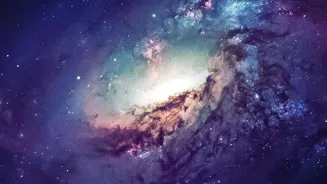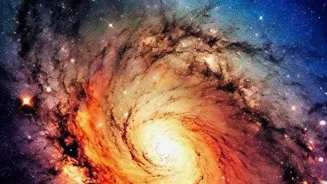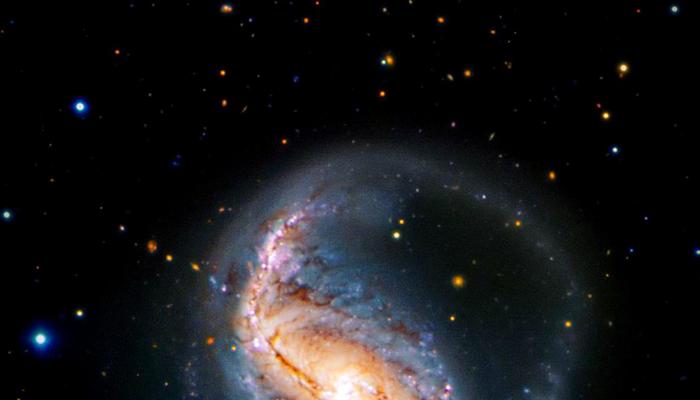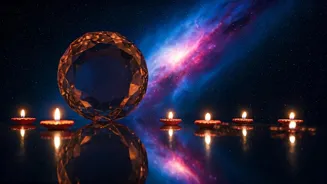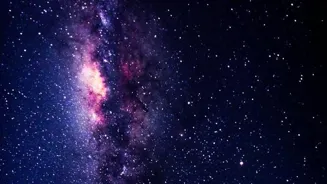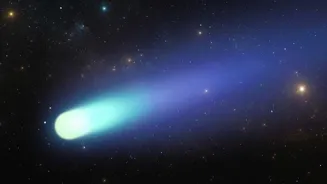Unveiling the Universe's First Galaxies: A Journey Through Time and Space. Dive into the quest for cosmic origins!
For centuries, humans have looked up at the night sky, wondering about the origins of the universe.
Now, Indian scientists and international collaborators are on a quest to find the very first galaxies that lit up the cosmos after the Big Bang.
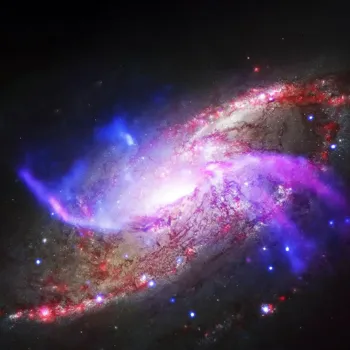
These early galaxies, formed just a few hundred million years after the universe began, hold the key to understanding how everything we see around us today came into existence. This is a challenging task, imagine trying to spot a tiny candle flickering miles away in thick fog.
Astronomers study universe's past with JWST, analyzing distant galaxies' light
Astronomers are using powerful telescopes, both on Earth and in space, to peer back in time. The further away an object is, the longer its light takes to reach us. So, by looking at extremely distant objects, we are essentially looking into the universe's past.
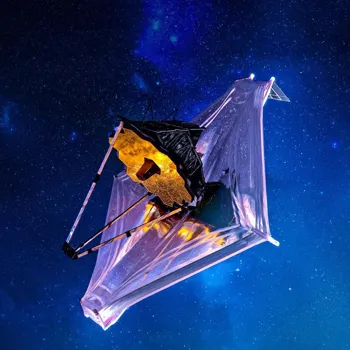
One of the biggest breakthroughs in this field has come from the James Webb Space Telescope (JWST). This telescope, which is orbiting the Sun, has much sharper vision than previous telescopes and can detect infrared light, which is perfect for spotting these faint, distant galaxies.
The JWST’s ability to see infrared light is crucial, because as light travels across vast distances, it stretches and shifts towards the red end of the spectrum. This effect, called redshift, makes the light from early galaxies appear dimmer and redder.
The JWST is designed to capture even the faintest signals, opening up a new window into the early universe, and giving us valuable clues to the early universe. Indian astronomers are heavily involved in analyzing the data from these telescopes.
Quest to find first galaxies reveals insights into galaxy formation and evolution
The quest to find the first galaxies is not just about taking pretty pictures. Scientists are also trying to understand what these galaxies were like. Were they small and compact, or large and sprawling? What kind of stars did they contain? How did they evolve over time?

The answers to these questions can help us test our theories about how galaxies form and grow. Understanding the composition of these early galaxies is like understanding the earliest form of life.
It gives us clues to origin and evolution of the galaxies we see today including our own Milky Way galaxy. Studying these galaxies provides invaluable insights into how galaxies assemble and evolve.
Scientists explore factors such as star formation rates, chemical content, and the role of dark matter in the formation of these initial galactic structures.
Studying light from galaxies reveals universe's evolution
By studying the light from these galaxies, scientists can determine their composition. They can look for the signatures of different elements, such as hydrogen, helium, and heavier elements like carbon and oxygen.
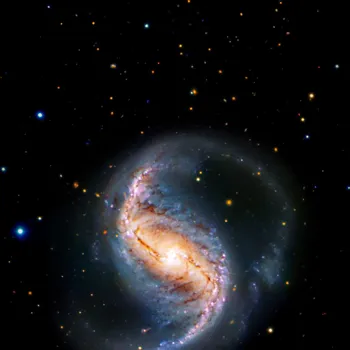
The presence and abundance of these elements can tell us about the types of stars that lived and died in these galaxies. From there we can decipher conditions of the early universe.
The first stars didn’t have the same chemical compositions of the stars we see today giving insight into the evolution of the universe. This gives them insights into how the early universe was formed after the big bang and how galaxies have evolved over the years.
Understanding the formation of the first galaxies is essential for comprehending the universe's evolution.
Studying early galaxies is challenging, but vital for unraveling universe's birth
Finding these early galaxies and studying them is extremely challenging. The Indian community is contributing through theoretical models. It is like finding needles in a haystack. These galaxies are incredibly faint and far away and are swamped by light from other sources.
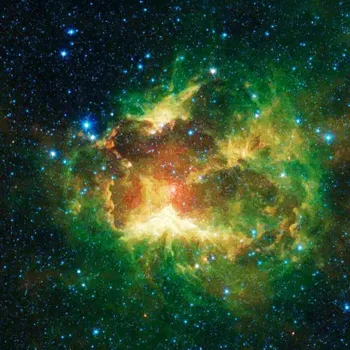
Scientists use sophisticated techniques to filter out the noise and isolate the signals from these galaxies. Despite the challenges, the quest to find the first galaxies is one of the most exciting frontiers in modern astronomy.
It's a journey back in time, a chance to witness the birth of the universe. Every new discovery brings us closer to answering some of the biggest questions about our existence. There are new strategies and technologies being developed every time, which will help them overcome the constraints. The work is highly rewarding
The James Webb Telescope explores the universe's origins, advancing technology for new discoveries
The James Webb Space Telescope will continue to be instrumental in this search, alongside other ground-based observatories.
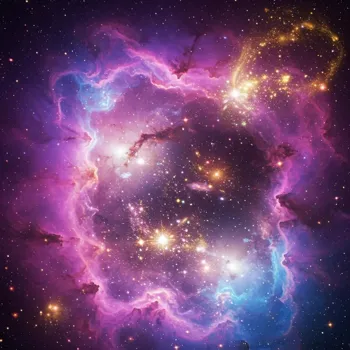
By combining data from different telescopes and using advanced computer simulations, scientists are constructing a detailed picture of the early universe, pushing the boundaries of what they know.
As we discover more about the origins of galaxies, we move closer to grasping the origins of life and the evolution of the cosmos. The exploration is exciting and is constantly providing us with new perspectives.
These efforts help in understanding the origin of the universe in a profound and insightful way. This will reshape the understanding of everything around us. This collaborative work leads to more advanced technologies which help in the next set of discoveries
Indian astronomers lead global effort to study early galaxies, shaping cosmic understanding
The pursuit of understanding the universe's first galaxies is an international endeavor, involving scientists, engineers, and institutions from around the globe.
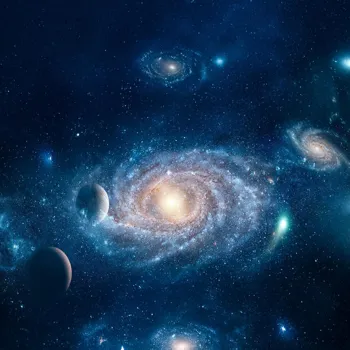
Indian astronomers are playing a key role in this collaborative effort, contributing their expertise in data analysis, theoretical modeling, and instrument development.
By working together, these researchers are pooling their resources and knowledge to push the boundaries of our understanding of the cosmos. Further investments are necessary to enable a higher standard of collaboration in future technologies among Indian and international collaborators.
By doing so the Indian researchers will be at the forefront. This will reshape the understanding of everything around us.


